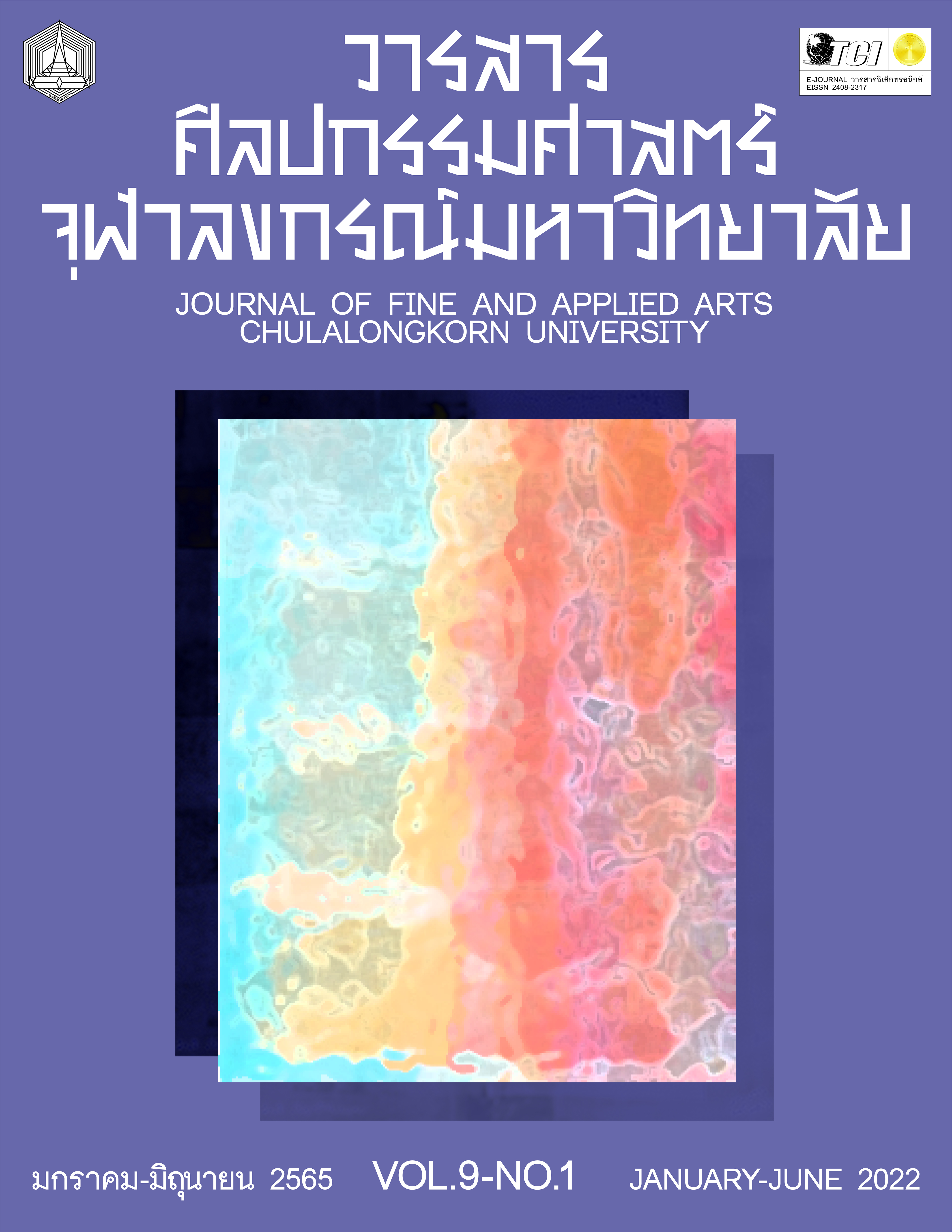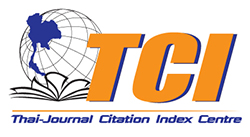DOCTORAL MUSIC CONDUCTING: THE SYMPHONIC MUSICAL LEGACY FOR CONTEMPORARY WINDS
Keywords:
Conducting, Wind Orchestra, Wind SymphonyAbstract
The art of conducting, one of the most complex and demanding activities in the realm of music. The Conductor’s role in music has been the most important part of practice from the very beginning to the performance. The conductor also be the music director as well to give all the music details about the expression, harmonic details, interpret the score in styles. To achieve the process. The conductor has to researches the music score in detail. Reading through the score giving the time to study a score to gain knowledge of the work such as dynamic shape, key structure, the balance of the tunes and emotional sequence. To be able to resolve the situations and rebalance the harmony, tone color and dynamic.
The objectives of my research are to research on the rehearsal problems and to present the effective practicing technique of the Wind Orchestra, to present the unique method of interpreting Wind Orchestra literature and to disseminate the knowledge of unique conducting technique to music society, Through the three performances in the name of doctoral music conducting: the symphonic musical legacy for contemporary winds. Hopefully, my contribution will be a benefit to other musicians and the public.
References
ณัชชา พันธุ์เจริญ. พจนานุกรมศัพท์ดุริยางคศิลป์. พิมพ์ครั้งที่ 4. กรุงเทพฯ : เกศกะรัต, 2554.
ราชบัณฑิตยสถาน. พจนานุกรมฉบับราชบัณฑิตยสถาน พ.ศ. 2554. พิมพ์ครั้งที่ 2. กรุงเทพฯ : นานมีบุ๊คส์, 2556.
Boult, Adrian C. A Handbook on the Technique of Conducting. London: Paterso, 1968.
Reed, Alfred. Armenian Dances (Part I). New York: Sam Fox, 1972.
Vartabed, Gomidas. "Biography." https://www.britannica.com/biography/Komitas.
Downloads
Published
Issue
Section
License
ลิขสิทธิ์ของบทความเป็นของเจ้าของบทความ บทความที่ได้รับการตีพิมพ์ถือเป็นทัศนะของผู้เขียน
กองบรรณาธิการไม่จำเป็นต้องเห็นด้วยและไม่รับผิดชอบต่อบทความนั้น






